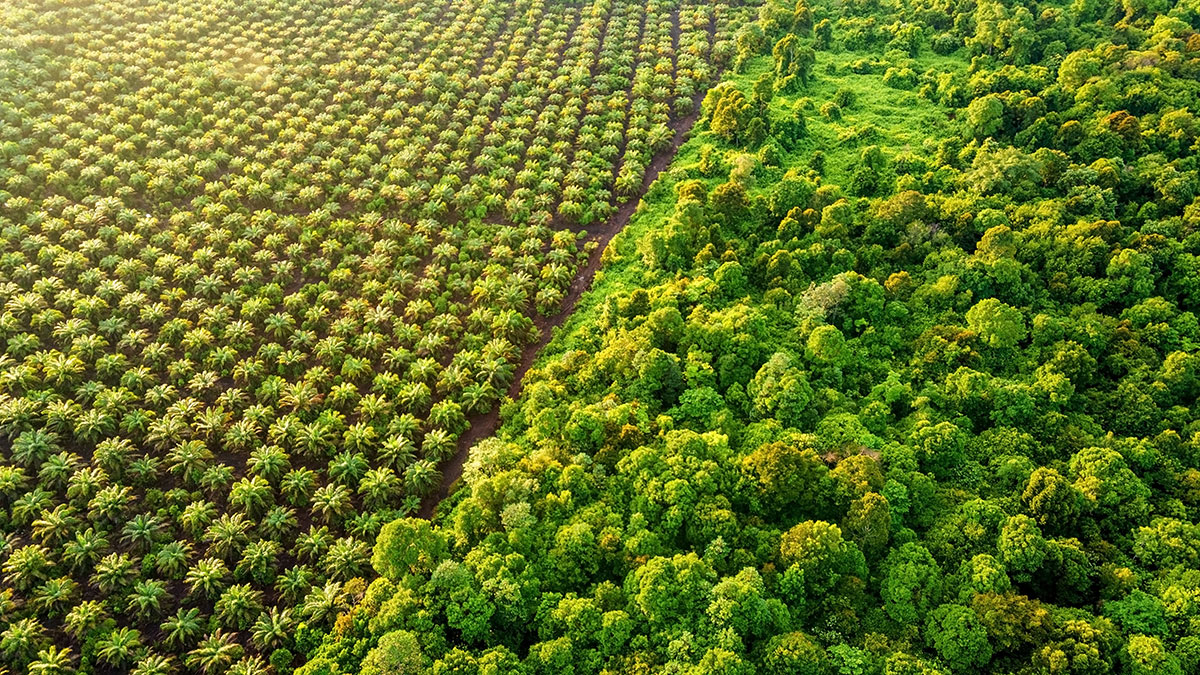Guy Turner, Head of Carbon Markets, MSCI | Dr Alexander Koch, Vice President, MSCI Climate Risk Center |
Clarissa Llanaj, Analyst, MSCI Climate Risk Center
Forests in Brazil can be significantly more valuable standing than when cleared for timber or agriculture, our modeling suggests.
Brazilian landholders could earn an additional USD 37 billion per year assuming a carbon price of USD 50/tCO2, according to the analysis, which uses geospatial and economic data to compare the financial returns of different land uses per square kilometer. This includes USD 68 billion in carbon-credit revenues, offset by operational and opportunity costs.
Up to 76 million hectares of land — nearly 30% of Brazil’s current cropland and pasture — could be restored or conserved, potentially saving 1.4 billion tonnes of CO2 each year — nearly three times Brazil’s annual fossil-fuel emissions in the energy sector.
The analysis arrives in the run-up to the United Nations’ COP30 summit, where delegates are expected to look for innovative ways to mobilize private-sector investment to achieve decarbonization goals. It suggests an emerging investment frontier in nature-based assets, in which financial performance and environmental impact reinforce each other.
The interactive map below shows the carbon prices needed to equate investment returns from the sale of carbon credits to that of agricultural production and timber extraction (a so-called break-even carbon price). The map shows break-even prices ARR (Afforestation, Restoration and Reforestation) and REDD+ (Reducing Emissions from Deforestation and Forest Degradation) projects, respectively.
We find that 65 million hectares have ARR restoration potential. Of this area, around 60 million hectares is viable at a price of under 50 USD/tCO2. Of those 60 million hectares, over one-third (25 million hectares) are found in Atlantic Forest biome region alone. This scale exceeds Brazil’s national target of restoring 12 million hectares of native vegetation by 2030 and highlights the potential to extend current policy ambitions. REDD+ projects also contribute but much less than ARR projects due to the projected slowing of deforestation.
You can find the full analysis “Where Storing Carbon in Trees is More Profitable than Agriculture in Brazil” here:
If you’ll be at COP30, join us on Friday, November 14 in the Blue Zone for an in-depth discussion on the role of data and modeling in understanding the economic and environmental value of natural capital. Connect with MSCI Carbon Markets on LinkedIn or email CarbonMarkets@msci.com to reserve your spot.

